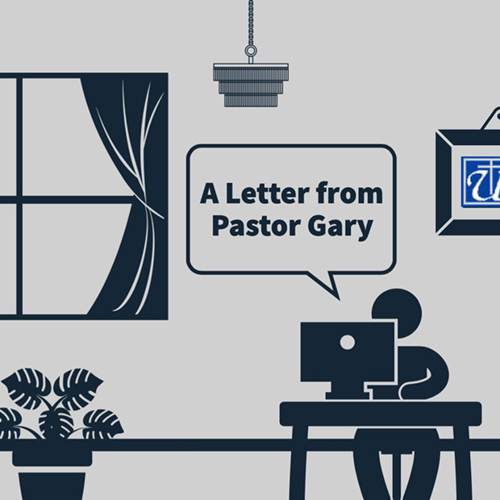
I find little to excite me about Arizona’s blistering summers. Part way through my 22nd Arizona summer, I discover I am have not gotten used to the heat. Yet there are a few things to enjoy even while living in a blast furnace. Eating corn on the cob is one of them. Each year the same dilemma: How to eat it? Typewriter style, left to right? Hop Scotch method? Surely not right to left; that would be un-American! Maybe a zig-zag pattern?
As a young boy growing up in Pennsylvania it was common to see pickup trucks or station wagons (students…ask me and I’ll explain later what a station wagon was) with tailgates down displaying a load of fresh picked corn. Now we scan grocery fliers looking for the magical “6 ears for a dollar” sale. By this stage of my life, I have pretty much settled down to the typewriter style of gnawing the kernels off the cob. Methods may have changed, but the summertime ritual has remained!
Our church year has systems and certain rituals built into it. Advent is a time of preparation and hope as we look forward to the coming of the Christ Child. Epiphany begins with the Wise Men following the star and continues its season by telling us just whom this stable-born child is. In Lent we pray and repent as the shadow of the cross draws closer. Each season has its own color, its own décor, and its own message. I can’t help but wonder if some of this all evolved from the early church simply decorating and using the colors and decorations of the season to enhance their worship and worship setting.
Currently we are in “Sundays after Pentecost”, not a very exciting or creative name. The Roman church and some Lutherans and Episcopalians call it “Ordinary Time.”
This is the longest season, beginning in spring as winter’s brown turns to green and ends when summer’s green begins to brown. Not coincidentally the color for these Sundays is green. Green signifies growth. Many of the scriptures chosen during these many weeks tend to do with discipleship and growth as a follower. Some years the scriptures include the story of the mustard seed, a widow giving her all, the Samaritan called good, or Nicodemus asking what he as a follower of Jesus must do.
Ordinary time. Is giving our all ordinary? Just how ordinary is it for you to see all the world as your neighbor? How often do we ask the question of Nicodemus: “What must I do?” Perhaps this season in the church year is somewhat misnamed. Perhaps a better title might be “Extraordinary Time.”
Certainly many of the scriptures in this season call us to a faith and to tasks we might not otherwise have or do. It does not seem natural to work toward loving one’s neighbor or to see all the world as our neighborhood. Many times we are successful in growing our faith and doing the work of discipleship. Many times we are not. All of this can be seen as a life of faith that is ordinary. We both succeed and fail as followers of Jesus.
There is another side to the scriptures during Ordinary Time. This is the God who is extraordinary in all times and all seasons. To quote Lutheran pastor Nadia Bolz-Weber, “Just in case we don’t get it, faith is not for our glorification.” That is, our faith sometimes needs to be brought down to earth so we can live together on earth. This is no ordinary effort. It cannot be done without our extraordinary God.
The rhythm of the church year goes on. It will continue to go on at times turning that which is day-to-day into a life of faith that is more than mundane. But that is a story best left to All Saints, another part of the church year’s rhythm.
